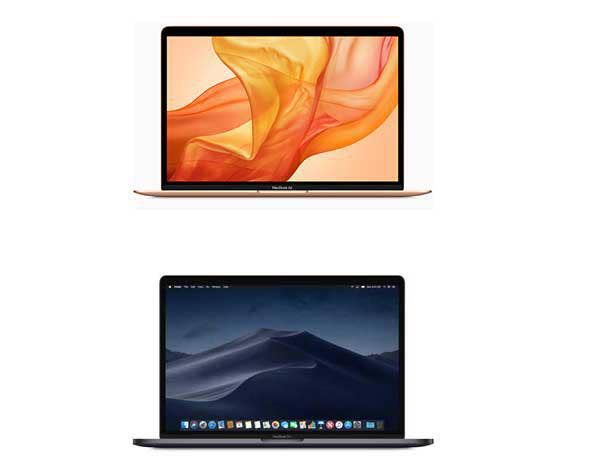HP Expands Device-As-A-Service Capabilities For Apple Macs, Android Devices
The company's DaaS offering will also now include reporting to help businesses transition their PC fleets to Windows 10.

HP Inc. is rolling out a number of enhancements to its Device-as-a-Service offering, providing features such as predictive maintenance for Apple's Mac computers as well as Android devices.
The Device-as-a-Service (DaaS) updates, which will be available to channel partners and customers on Feb. 25, also include expanded reporting capabilities aimed at helping organizations to migrate their PC fleets to Windows 10.
[Related: HP CEO Weisler: Device-As-A-Service Pipeline Is 'Extremely Strong']
The enhancements come one year after HP announced the expansion of its DaaS platform to cover Apple's macOS computers, such as the MacBook Pro and desktop Macs, and iOS devices, which include the iPhone and iPad.
HP has touted the inclusion of macOS and iOS devices as a key enabler for solution providers that are charged with managing both macOS and Windows end-user environments.
HP's DaaS offering provides PC leases paired with HP's TechPulse software for proactive identification of device issues—such as an impending battery or hard drive failure.
Those predictive maintenance analytics are now being extended to macOS and Android devices, but not to iOS devices because Apple has not made the APIs available, said Lorri Jefferson, vice president and head of software and services product management at HP, during a conference call with reporters this week.
Once those APIs are made available, HP plans to update the TechPulse predictive maintenance solution to include iOS—though there is no timeline for that currently, Jefferson said. Apple did not immediately respond to a request for comment on when those APIs might be made available.
Additionally, in terms of Device-as-a-Service for Apple products, HP announced that its DaaS offering will soon be available for Apple devices in 20 European countries.
Meanwhile, to assist organizations with migrating to Windows 10—ahead of Microsoft’s end of Windows 7 security support on Jan. 14, 2020—HP's TechPulse offering will now provide reports on which parts of an organization's PC fleets can be migrated to Windows 10 with no issues. The reports also will show "which devices need to be modified or replaced before they can be compatible with Windows 10," Jefferson said.
The reports, which will be combined into a single view with Microsoft's own telemetry data, will provide organizations with a "rich view of their fleet readiness when it comes to Windows 10 upgrades," Jefferson said.
Oklahoma City-based ImageNet Consulting last fall launched a new security-focused solution for SMB customers built around HP's DaaS, which is seeing strong demand so far, according to Juan Fernandez, ImageNet's vice president of managed IT services.
In terms of HP's new updates to TechPulse, Fernandez told CRN that bringing predictive maintenance to platforms beyond Windows, such as macOS and Android, marks a "huge shift" for the industry. "This is not something we've had natively in this industry," he said. "It's definitely exciting."
The capabilities around determining PC fleet readiness for Windows 10 are also powerful, Fernandez said, since the feature is another way that HP DaaS is helping organizations to make better-informed business decisions. "This is going to be a very big splash" for HP, he said.
HP announced that additional updates in TechPulse will offer details on which BIOS versions are being used across an organization's PC fleet. And, for HP devices, TechPulse will show which BIOS version ought to be deployed if the BIOS is not current, Jefferson said.
Ultimately, the TechPulse updates will provide "visibility about how to keep [an organization's] security posture more up-to-date and protected," she said.